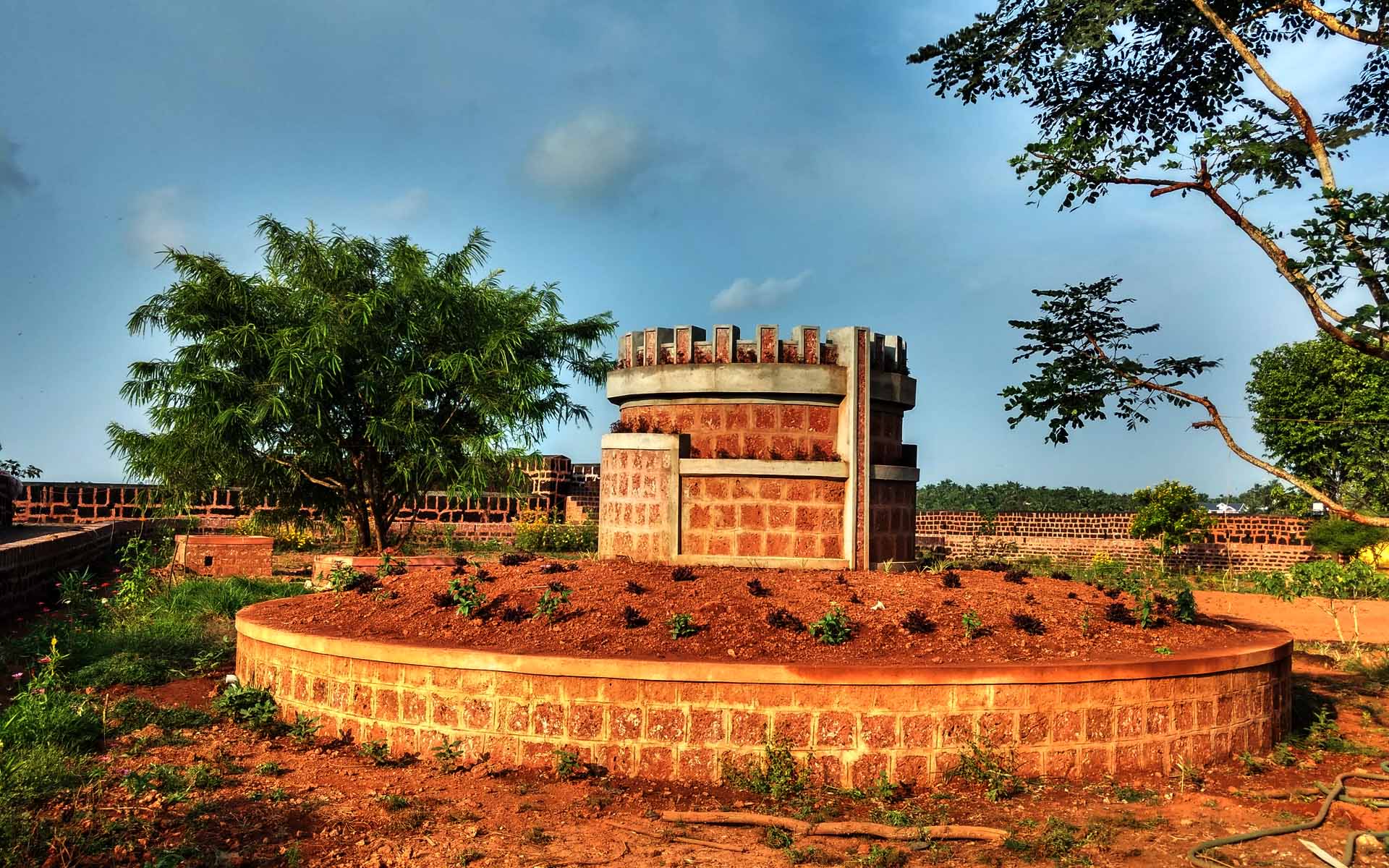Povval fort, located around 10 km from Kasaragod, is famous for its unique construction pattern. An old fashioned, Povval fort has been listed as a protected monument by the state government.


Povval fort, located around 10 km from Kasaragod, is famous for its unique construction pattern. An old fashioned, Povval fort has been listed as a protected monument by the state government.

Located approximately 13 km north of Kasaragod, this lesser known destination is one that is equally enticing and enriching. The natural beauty of the surrounding areas and the fascinating tales of ancient history that are entwined in the wafts of the breeze that blows in this land make it a fascinating spot for travellers

Known for its chain of forts built by Somashekara Nayak of Ikkeri dynasty, Hosdurg Fort is the landmark of Kanhangad in Kasaragod. Also known as Kanhangad Fort, the fort with its round bastions looks imposing from a distance. There is a famous temple attached to the fort, Karpooreshwara temple. The place was made well known by the Nithyanandasram, an internationally recognized spiritual Centre with 45 caves. Every year lots of tourist visits this beautiful fort.

Chandragiri Fort is a nice decent fort to visit in Kasaragod District of North Kerala. While not as large and well maintained like the Bekal Fort, it is quite impressive and the views below are pretty scenic too. Worth a short visit when travelling this side of the country. Fort provides best views to Chandragiri river joining to the sea surrounded by lush greenery.

Bekal Fort is considered as one of the largest and most preserved forts in Kerala. Nestled in the lap of nature, Bekal Fort is a historic fort surrounded by a beautiful beach offering an enchanting view of Arabian Sea from its high observation tower where once the cannons were placed. There are many ways to arrive at the Bekal Fort through various modes of transportation available. One can easily take a bus (which takes about an hour), taxi, auto-rickshaw or a private vehicle to reach here. Bekal Fort also has a railway station located at a distance of 1.7 km from the fort. The Bekal Fort is located about 15 kilometres from the Kasaragod Town.
The fort appears to emerge from the sea. Almost three quarters of its exterior is in contact with water. Bekal fort was not an administrative centre and doesn’t include any palace or mansion.
An important feature is the water-tank, magazine and the flight of steps leading to an observation tower built by Tipu Sultan. Standing at the centre of the fort, this offers views of the coastline and the towns of Kanhangad, Pallikkara, Bekal, Kottikkulam, and Uduma.
The fort’s zigzag entrance and surrounding trenches reveal its defensive strategy. Holes on the outer walls are designed to defend the fort effectivelty from naval attacks. The upper holes meant for aiming at the farthest targets; lower holes below for striking as enemy nearer and the lowest holes to attacking enemy closest to the fort.
Its solid construction resembles the Thalassery Fort and the St. Angelo Fort at Kannur built by the Dutch .